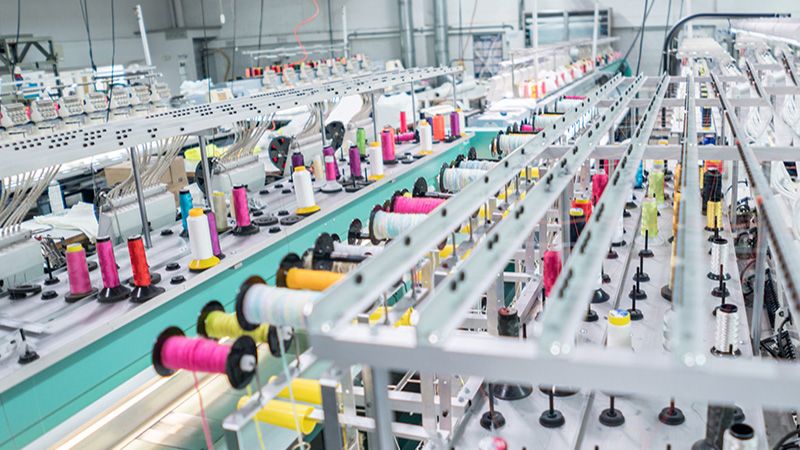Chinese fast-fashion retailer, Shein, is set to file for a London stockmarket listing as soon as this week, according to reports. But, while the Shein IPO will be welcome news for the London market amid the recent dearth of flotations, it leaves plenty of tough questions for investors answer.
Lindsey Stewart, director of stewardship research and policy at Morningstar Sustainalytics, noted: “Firstly, it’s understood that New York was Shein’s first-choice IPO venue – it’s reported the company chose to IPO in London following concerns over the company’s perceived links to China proving to be a stumbling block Stateside. So, it’s clear “one swallow does not make a summer” for the London market, in this case,” Stewart continued.
“The float also poses a conundrum for sustainability-focused investors. The fast fashion sector is often accused of being fundamentally unsustainable due to its business model of producing garments intended to be quickly disposed of, and the sector’s high exposure to regions prone to human rights and labour rights violations. Additionally, existing UK fast fashion companies such as ASOS and Boohoo have had more than their fair share of profit warnings and governance issues in the past.
“So, while investors will cheer the launch of a much-needed large IPO in London, life as a listed company for Shein might not be all smooth sailing.”
According to the Business of Fashion and McKinsey report, The State of Fashion 2024, 40% of US consumers and 26% of UK consumers have shopped at fast fashion groups Shein or Temu in the past 12 months, with that number moving much higher if it included other fast fashion retailers.
However, for all the growth it generates, the fast fashion industry is also responsible for considerable waste, with some estimates suggesting consumers “treat the lowest-priced garments as nearly disposable”, discarding them after only seven wears. Additionally, for every five garments produced, the equivalent of three end up in a landfill or are incinerated each year.
Meanwhile, total greenhouse gas emissions from textiles production amount to 1.2 billion tons a year, more than those emitted by all international flights and maritime ships combined. Some clothing factory workers are also underpaid and exposed to unsafe workplace conditions, according to reports.








